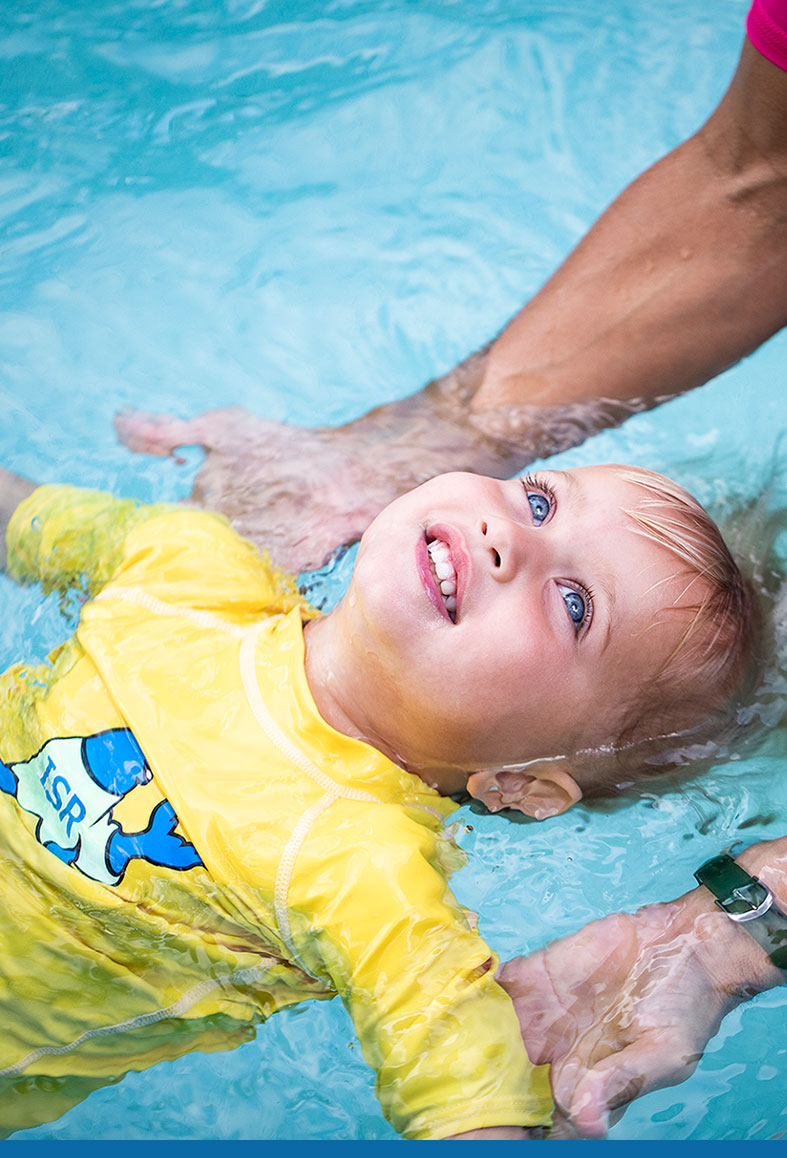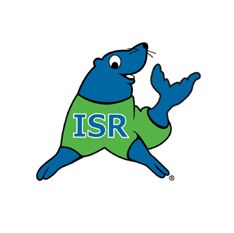Not One More
Child Drowns
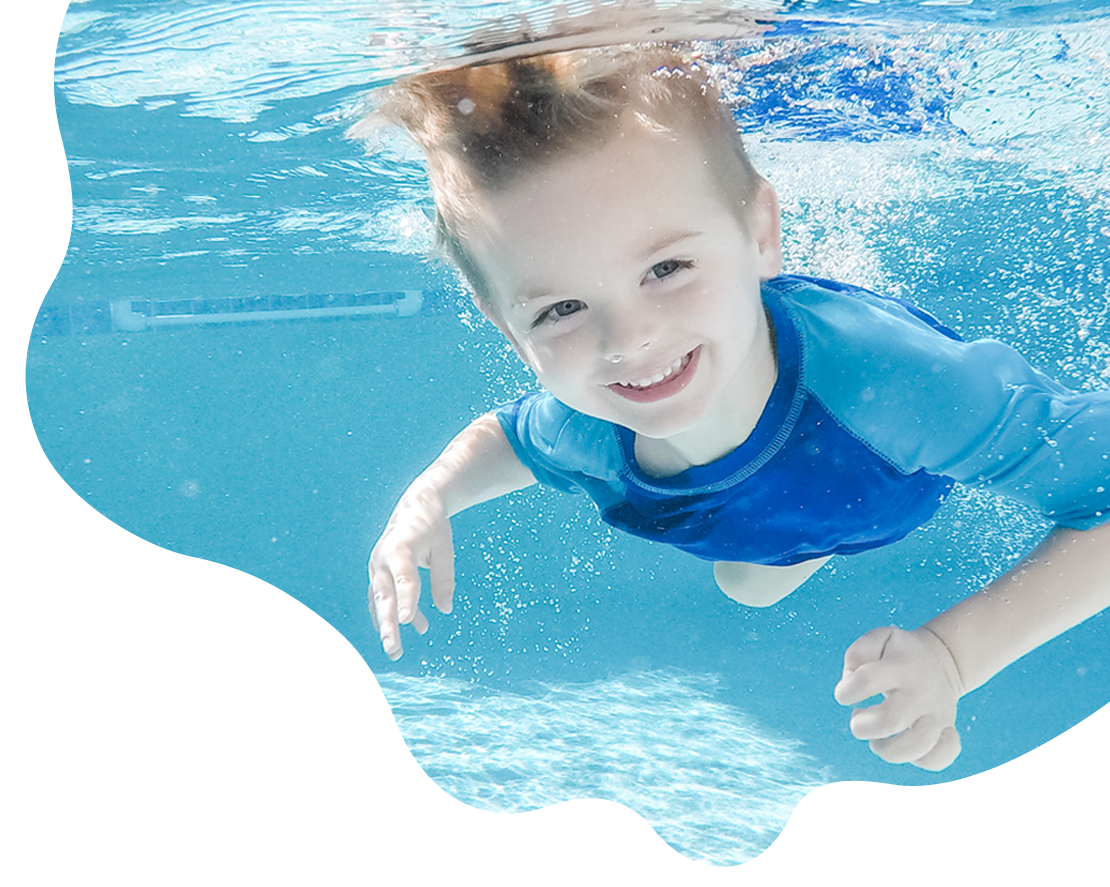
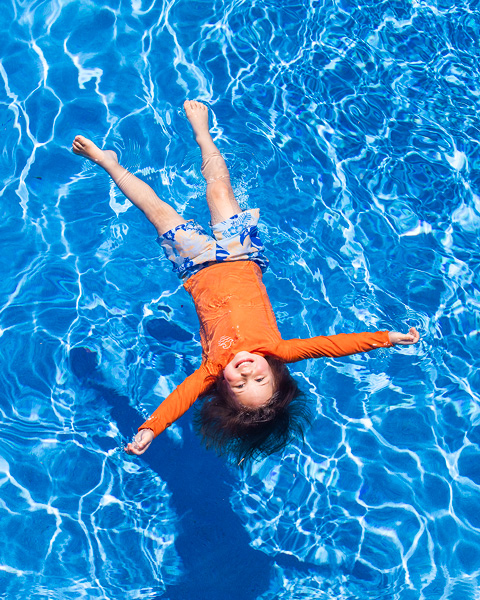
Empower your child by enrolling him or her in ISR’s Self-Rescue™ program.
The Sooner, The Safer!
An Extra Layer of Protection for Your Child
Why ISR?
Infant Swimming Resource, LLC (“ISR”) complies with all federal and state laws and regulations and does not unlawfully discriminate on the basis of race, color, national origin, gender, age, religion, or disability. It is the policy of ISR to provide reasonable accommodations to its disabled applicants and students, with the provision of appropriate documentation of the need for the accommodation.
ISR is committed to ensuring that every student receives the most effective lesson experience. Pursuant to that commitment, throughout your child’s lessons, the ISR Quality Assurance Staff will maintain points of contact with you and your Instructor regarding your child’s performance and skill attainment.
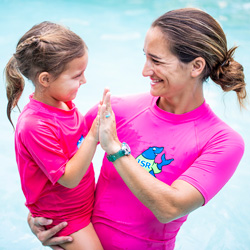
Safety
Safety

Parent Education
Parent Education
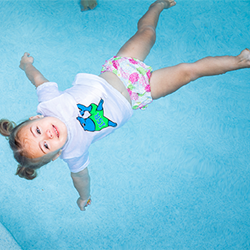
Results
Results
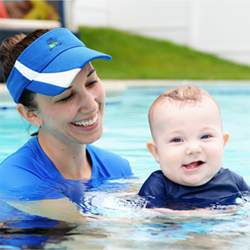
Qualified Instructors
Qualified Instructors
Meet Your Instructor
Hi, I’m Cristen!
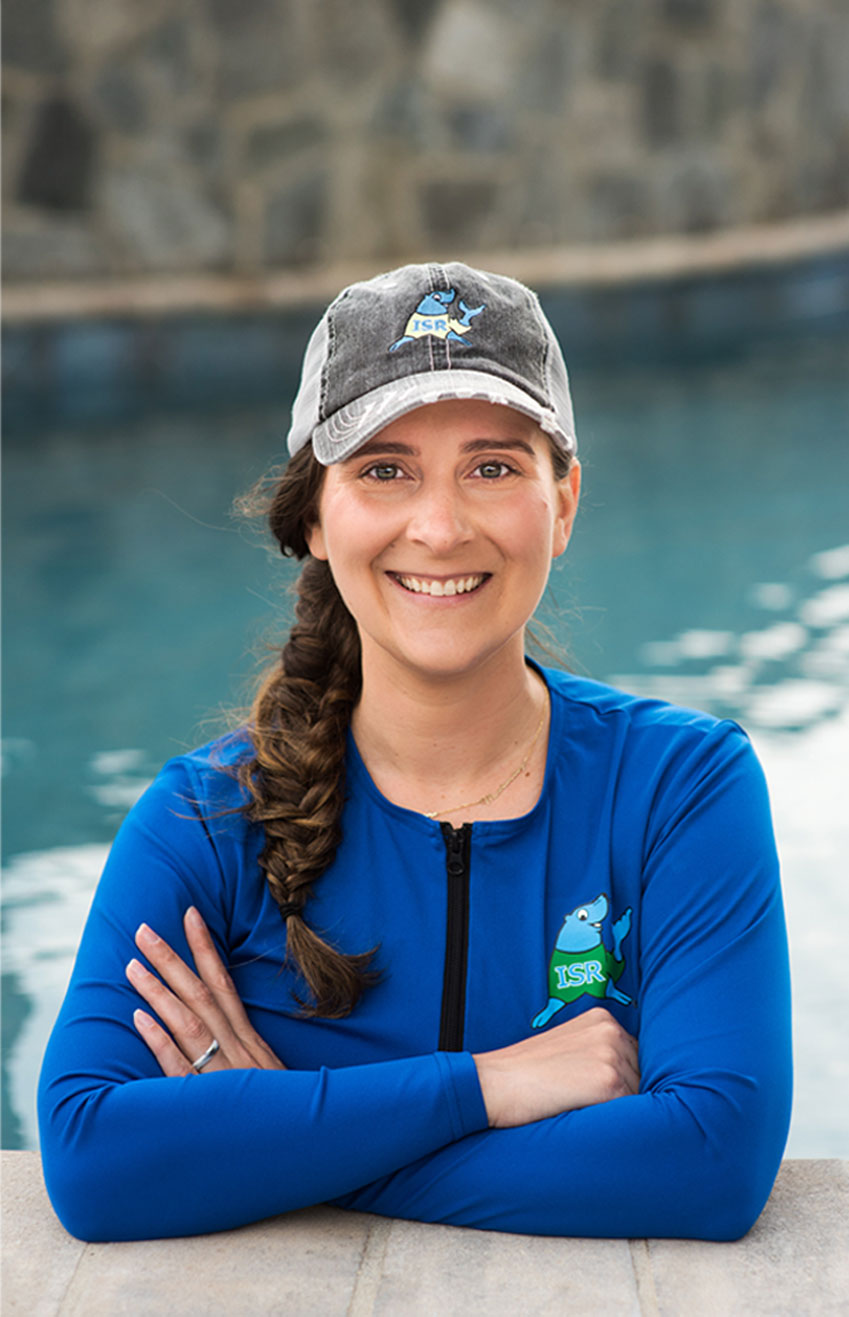
Roll-To-Back-Float
Ages 6-12 months
Your child is gently introduced to the water by your Instructor. As each child reacts differently, your Instructor will work with your child to guide him through the lesson process and to build a level of trust and comfort in the water. Once this is established, your child will begin to learn how to roll-back-to-float.
This includes how to:
-
 Hold their breath underwater
Hold their breath underwater
-
 Roll onto their back from a face down position
Roll onto their back from a face down position
-
 Float unassisted, resting and breathing, until help arrives
Float unassisted, resting and breathing, until help arrives
Swim-Float-Swim
Ages 1-6 years
You’ve seen it before; your toddler walks right to the edge of the pool, ready to jump in, whether or not you are there to catch him. His confidence is beyond his skills. ISR training for children between 1-6 years of age uses their confidence to help them build competence and the skills for survival.
Swim-Float-Swim students will be taught how to:
-
 Hold their breath underwater
Hold their breath underwater
-
 Swim with their head down and eyes open in the water
Swim with their head down and eyes open in the water
-
 Roll onto their back from a face down position to float, rest, and breathe, then flip back over to resume swimming. This sequence can be repeated until they reach the side of the pool, can exit the pool via the steps/ladder, or be rescued by an adult.
Roll onto their back from a face down position to float, rest, and breathe, then flip back over to resume swimming. This sequence can be repeated until they reach the side of the pool, can exit the pool via the steps/ladder, or be rescued by an adult.
Investment
Time Investment
Lesson duration | 6-8 weeks
Sessions run for 6-8 weeks. Sessions are typically 6 weeks long, but often require an additional week or two to solidify skills or to make up missed lessons due to illness, weather cancellations, or other unforeseen circumstances. Your child’s end date will be determined when he or she is consistently and independently able to perform ISR Self-Rescue™ skills. Lessons are DAILY Monday through Friday, and a maximum of 10 minutes a day.
Consistent attendance
You will need a lesson time where your child can attend each day at the same time, is well-rested, and has not consumed any food/drink at least two hours prior to lessons.
Financial Investment
ROLL-BACK-TO-FLOAT: Session cost $700
SWIM-FLOAT-SWIM: Session cost $1,050
In order to secure your preferred lesson time for the session, a non-refundable deposit of $350.00 is required that will go towards the total session cost. Half of the remainder of the balance will be due at the time of registration with the remainder of the balance due on the first day of lessons. Additionally, a one time fee of $105 is required to register your child with ISR National.
Refresher Lessons
Refresher Lessons: $320 (two week refresher course)
Below Lessons are ONLY once Initial Lessons have been completed:
Refresher lessons are extremely important in continuing and maintaining your child’s ISR Self-Rescue™ skill development. Children grow and develop rapidly from infants to toddlers and young children. This development process represents improved strength, coordination, and a more finely turned cognitive ability. In accordance with this growth, children enrolled in ISR return periodically to participate in Refresher Lessons.
If a student needs more than 2 weeks, lessons will then be $160 per week paid the Friday prior. Lessons are to be paid in full at sign-up. Lesson fees will not be pro-rated as you are paying for the time slot and not the lesson.
Ready to Start?
Join the safest and most effective swim lessons in Carroll County. If you have specific questions, please view the FAQ section below or contact Cristen at cristen.melhorn@infantswim.com.
FAQ
ISR is the product of over 45 years of ongoing development in the area of aquatic survival instruction for infants and children. ISR’s primary focus is to teach your child to become a productive swimmer, or floater in any depth of water. The goal of ISR is that your child becomes an “aquatic problem solver.” ISR will greatly increase your child’s chance of surviving an aquatic accident, even when fully clothed!
Yes. At ISR, we believe that part of survival for a child who can walk is swimming. Children learn the swim-float-swim sequence so that they can get themselves to safety. The difference in our program is that they will learn swimming AND survival skills and how to be an aquatic problem solver.
Yes. Consider that children learn to sit, crawl and walk before they learn to speak. Because we teach through sensorimotor learning, verbal skills are not required for a child to acquire Self-Rescue skills. We are able to communicate with our students through touch and positive reinforcement while striving to set our students up for success every step of the way.
The reason for this is multifaceted. First, repetition and consistency are crucial elements of learning for young children. Research shows that short, more frequent lessons result in higher retention. Second, most children have fairly short attention spans and will not be able to focus on the task for longer and we want to take advantage of the best time for learning. A third reason is that, though the pool temperature is maintained at 78-88 degrees, the temperature is still lower than your child’s body temperature. Lessons are hard work and your child will be losing body heat. Instructors check students regularly for temperature fatigue since this is an indicator of physical fatigue.
Because 86% of children who fall in the water do so fully clothed, we want our students to have experience with such a situation. If a child has experienced the sensation of being in the water in clothing prior to an emergency situation, he/she is less likely to experience panic and be able to focus on the task at hand. If you have ever jumped in the water with clothes on, then you know that there is a significant difference in weight and feel with clothes as opposed to a bathing suit.
